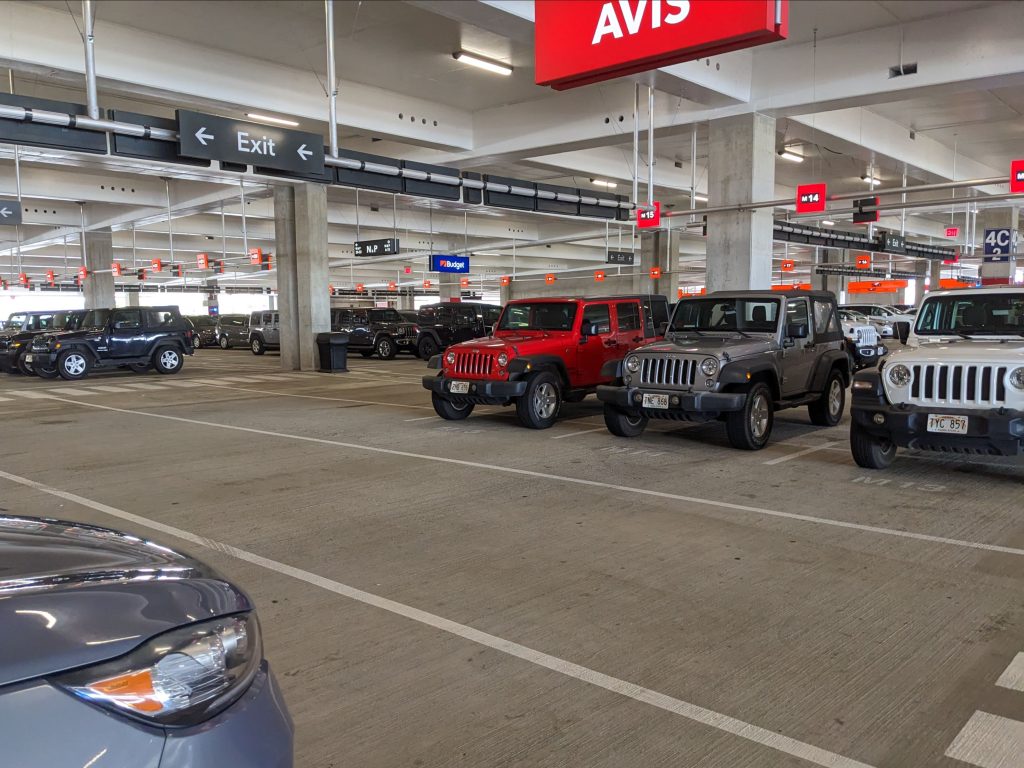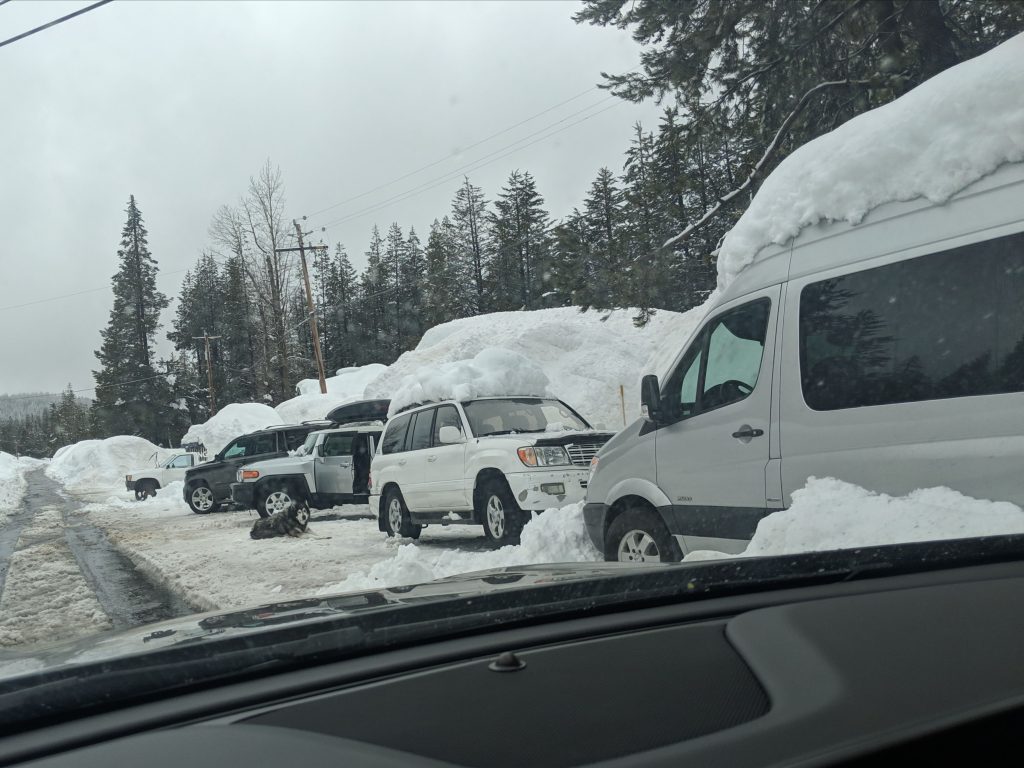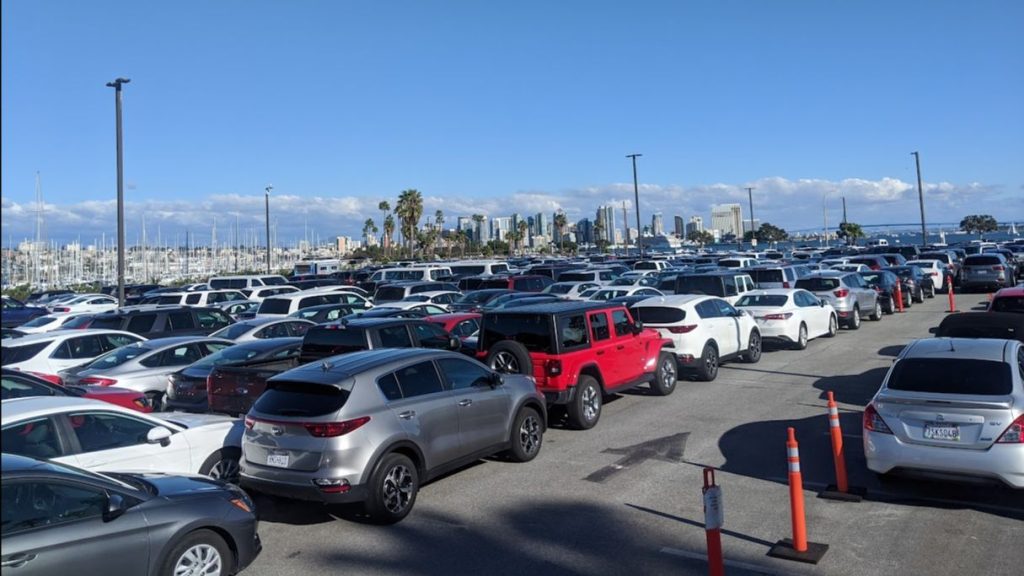
From the ACRA Newsletter Editor:
Carlos A. Bazan
Carlos has ample experience operating peer to peer and traditional, independent car rental companies, including neighborhood locations and airport facilities. Carlos has owned car rental operations in the San Diego, Los Angeles, Phoenix, Las Vegas, Reno/Tahoe, San Jose, Dallas, Houston, and Honolulu markets and is in charge now of over 100 franchised locations in 14 countries.
Understanding the regional and seasonal variation in demand is critical for car rental operators when determining fleet mix, pricing strategies, and operational plans. In fact, car rental companies that grasp these seasonal and geographic nuances gain a competitive edge. Whether you’re an independent rental business or a franchise operator, aligning your fleet strategy with local and seasonal realities can maximize utilization, boost revenue, and improve customer satisfaction. Below, I’ll break down why seasonality and location specifics matter so much using 2 real-world examples and provide insights on tailoring your vehicle mix and operations to these factors.
Case study 1: Honolulu vs. Phoenix – A Study in Contrasting Demand
To illustrate how location and seasonality influence rental patterns, consider the stark differences between Honolulu, Hawaii and Phoenix, Arizona. These two destinations have very different driving environments and customer behaviors:
Geography & Driving Distances: Honolulu (on the island of Oahu) offers only so much road to drive – you can circle the entire island (~240 miles) in a single day. This means renters in Hawaii inevitably put on fewer miles. In contrast, Phoenix is a gateway to vast road trips; a traveler can easily drive over 200 miles just to reach the Grand Canyon (one-way). The open-road nature of the Southwest means customers in Phoenix often rack up much higher mileage per rental compared to those in Honolulu – ah, and they get windshield chips so often!

Rental cars front line, San Diego, CA, Photo: Courtesy, CA Bazan, LLP. CC BY-NC-SA 4.0
Average Rental Duration & Mileage: Many visitors to Hawaii are vacationers who rent for nearly a week but only use the car for short daily outings. Limited road length and lower speed limits on the island keep daily mileage relatively low (often well under 100 miles a day in Oahu’s case). In Phoenix, rentals might be shorter in length (with business travelers or weekend trippers), yet each day’s driving can be extensive. Think of day trips to Sedona, Flagstaff, or other regional attractions. It’s not uncommon for a Phoenix rental to log several hundred miles over just a few days, whereas a week-long Honolulu rental may not approach that figure.
Seasonal Demand Patterns: Honolulu enjoys fairly steady tourism year-round, with pronounced peaks in winter (when sun-seekers flee cold climates) and summer vacation months. Phoenix, by contrast, has busier winters and springs and pretty much dies in the scorching summer. The Phoenix market sees a surge of visitors from October through April when the weather is pleasant, including snowbirds and sports events (like MLB spring training). Come July and August, demand softens as leisure travelers avoid the 100°F+ heat. Meanwhile, Hawaii’s summer surge (families on summer break) and holiday-season boom mean Honolulu’s fleet needs to be ready for high demand in multiple peak seasons. In short, what’s “off-peak” in one location can be peak in another, reinforcing that each market’s rhythm is unique.

Honolulu Airport CONRAC, Photo: Courtesy, CA Bazan, LLP. CC BY-NC-SA 4.0
These differences underscore why a one-size-fits-all fleet plan falls short. A vehicle plan that works in Phoenix (with lots of one-way highway trips and high mileage) would be inefficient in Honolulu, and vice versa. Accordingly, fleet life might be longer in Honolulu, and thus, the recapture of equity and effect on cash flow is very different in between both cities. Savvy operators adjust their offerings and operations: for example, a Honolulu operator might limit large SUVs or trucks (since few renters need them there), while a Phoenix operator ensures plenty of comfortable sedans and midsize SUVs for long drives. The key is aligning fleet composition with how and when customers actually use the cars in each location.
Case study 2: Convertibles in Sunny States: Florida and California V. Winter Wonderland Markets
Seasonality isn’t just about winter vs. summer – it’s also about local climate appeal. In places like Florida and coastal California, convertible cars have a special seasonal allure. Tourists flocking to Miami, Los Angeles, or San Diego in the warmer months (and mild winters) often seek out convertibles to enjoy the sunshine and scenery (unless you’re taking the family to Disney, and then a Minivan would make more sense). A California or Florida rental operator who stocks convertible models can tap into this demand and charge premium rates during peak periods when travelers crave wind-in-the-hair driving. However, timing and location are everything. A convertible that rents for top dollar in July on the California coast might sit idle in December in Chicago. Even within Florida, convertibles are hot commodities in winter and spring (high tourist season), but during summer’s rainier months demand can dip. The lesson: know your local weather patterns and tourist seasons. If you operate in a beach or sun destination, ensure you have enough convertibles when they’re most wanted – and be prepared to price them dynamically. (For example, raising rates in peak convertible season and perhaps transferring or discounting them in off-season.) The ability to flex your pricing up (or down) with seasonal demand will help maximize revenue while keeping utilization high. If you have too many convertibles during rainy or slow season you’ll find yourself upgrading for free to a convertible.
At the other end of the spectrum from sunny beaches are the winter wonderland markets – places like Montana, Alaska, Reno, Denver, or anywhere with harsh winters and mountain terrain. Seasonality here isn’t just an abstract concept; it directly dictates which vehicles are even viable for months on end. In cold, snowy regions, consumer demand shifts strongly toward vehicles that can handle the conditions. Rental data and experience show that when winter weather hits, there’s a surge in demand for SUVs and four-wheel-drive vehicles.

Rental vehicles in Lake Tahoe, CA, Photo: Courtesy, CA Bazan, LLP. CC BY-NC-SA 4.0
If you’re operating in Bozeman or Anchorage in January, you better have a fleet of 4x4s, AWD crossovers, and maybe even some pickup trucks – because that’s what both locals and visiting customers will need to safely get around snowy highways. Beyond drivetrain, winterization features become critical. In Alaska, for example, having proper winter tires on rental cars isn’t just a nice-to-have – it’s essential for safety on icy roads.
Many rental fleets in northern states switch to winter tires or at least aggressive all-season tires as autumn turns to winter. In some cases, vehicles may be outfitted with studded tires or tire chains (where legal) to ensure traction in blizzards. Customers in these markets will ask (or assume) that the car has the equipment to handle snow – savvy operators make sure this is the case, both to meet demand and to mitigate liability. Similarly, engine block heaters are a consideration in places like Alaska or interior Canada. Locals know that without a block heater, a car may not start after an overnight in sub-zero temperatures. A franchised operator in Fairbanks or Anchorage will typically include block heaters on their vehicles and advise renters on their use.
These are very location-specific needs that a company must plan for well ahead of winter. Another operational challenge is fleet allocation and rotation. Some large rental companies relocate portions of their fleet seasonally – for instance, moving convertibles and economy cars out of Alaska before winter and bringing in extra SUVs from elsewhere. Independent operators might not have that flexibility, but they can still adjust procurement and disposal timing. If you’re in Denver, you might acquire additional SUVs in the fall (or hold onto units you’d otherwise retire) to ensure you meet the ski-season rush. Conversely, come spring, you might de-fleet some of the winter vehicles or swap them for more fuel-efficient models. The overarching strategy is to match the fleet to the season: as one guide advises, increase SUV/4×4 availability in winter months and emphasize economy cars or convertibles in summer.
This seasonal fleet rotation keeps your inventory aligned with what customers actually need at any given time of year.
Importantly, adjusting for winter isn’t only about vehicles – it’s about operational preparedness. In snowbelt markets, plan for longer turnaround times (e.g. clearing snow from vehicles), have staff ready for peak days like powder weekends when skiers flood in, and consider offering accessories like ski racks or all-wheel-drive guarantees. Keen operators know that meeting winter customer needs is a competitive advantage. For an independent operator, simply ensuring every car has an ice scraper, emergency kit, and 24/7 roadside assistance coverage for winter conditions can set you apart. In summary, markets with real winters demand a tailored approach – your fleet and operations must be winterized just as thoroughly as the cars themselves.
Aligning Fleet Strategy with Local Realities: A Smart Business Move
The above scenarios lead to actionable conclusions. Aligning your fleet strategy with seasonality and location specifics is not just good practice – it’s essential for business success. Operators stand to benefit by closely analyzing their regional demand patterns and adjusting accordingly. If you know that your market has unique seasonal swings or local travel habits, use that knowledge in your planning. This means asking questions like: What vehicle types see the highest demand (or longest rental lengths) here in peak season? Which months are slow, and how can I optimize costs then? Are there special events or weather considerations that spike demand for particular vehicles? The business case is compelling. When your fleet mix matches your customers’ needs, utilization improves – you rent more of your cars, more often. When your pricing reflects seasonal demand, profitability increases – you command higher rates when and where people are willing to pay them (and conversely, you use discounts or packages to stimulate demand in slower times).

Rental fleet overflow, San Diego, CA, Photo: Courtesy, CA Bazan, LLP. CC BY-NC-SA 4.0
Operationally, planning for seasonality means fewer surprises: you’re not scrambling to find 4x4s in a snowstorm or watching convertibles sit unused in November. Instead, you’re proactively rotating stock and marketing the right cars at the right times. Studies of the industry emphasize that understanding regional and seasonal trends allows companies to provide tailored services and stay responsive to local needs. In other words, it’s about being the rental provider that “gets it” – the one who knows their market so well that inventory and service always seem to line up with what customers are looking for. In my experience, operators who invest time in seasonal/location planning see the payoff in customer loyalty and repeat business. Renters remember if you always have the ski-ready SUVs in Denver or the best selection of convertibles in Miami – and they’ll come back! Franchised agencies can leverage corporate resources (like data on regional trends or the ability to swap fleet with other cities) to optimize locally. Independents can differentiate by being highly attuned to their niche – for example, a rental outfit in Montana that exclusively offers trucks with snow tires and free camping gear in summer, catering exactly to their adventurous clientele. The specifics will vary, but the core principle holds everywhere: use your local knowledge to shape your fleet and policies. In closing, consider your seasonality and location specifics at every step of fleet planning. Doing so is not only practical and professional, but it is financially savvy. The car rental business is highly dynamic – travel patterns shift with seasons, weather, and geography. By anticipating these shifts and aligning your vehicle mix, pricing, and operations with them, you put your company in the best position to thrive year-round. In the words of one industry resource, recognizing and adapting to regional demand fluctuations is “indispensable” for rental companies aiming to meet diverse customer preferences.
Until next time, here’s to smarter, safer, and more efficient car rentals!
Warm regards, and plan your fleet like a pro!
Carlos Bazan / Editor
